

There are five common types of fire extinguishers. These are labelled using standard letter or picture symbols that correlate to the type of fire they are designed for.
A multi-purpose extinguisher rated ABC is recommended for home use.
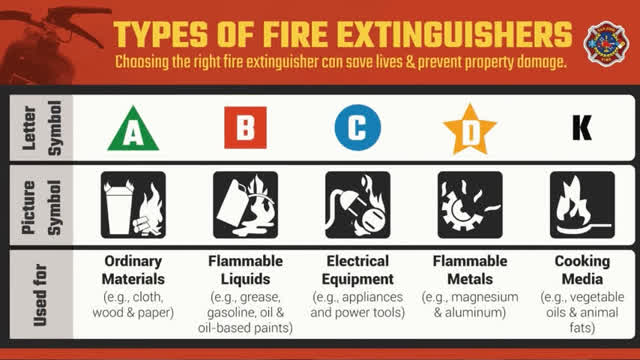
If you're purchasing one for a business consider what classifcation of fire your business may encounter using this chart.
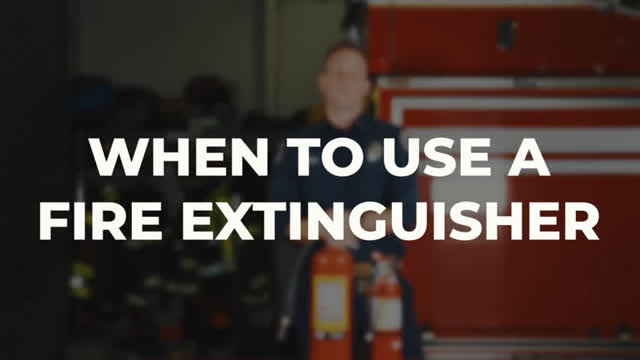
When there is a fire, it can be tempting to grab a fire extinguisher right away, however, there are few important things you need to do beforehand.
First, identify your Escape Routes. If you can't put out a fire you'll need to make a safe exit.
Second, warn everyone in your home. Make sure they're aware of the fire so that they can start evacuating right away.
Third, call your local emergency number. The fire department will be on its way in case the fire goes out of control.
A global list of emergency numbers can be found here: https://en.wikipedia.org/wiki/List_of_emergency_telephone_numbers
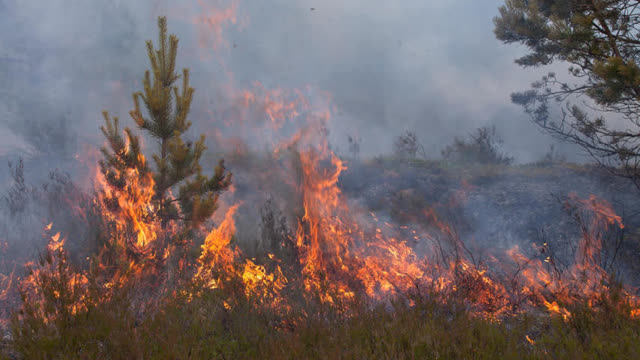
Lastly, assess the fire. It's best to use a fire extinguisher on a fire at a small contained not rapidly growing and in an area that is not yet filled with smoke.
Only after these four steps should you attempt to put out a fire.
Once you've assessed the fire and determined that it could be put out with an extinguisher you have, grab your extinguisher.
Stand back six to eight feet and face the fire. Remember to keep your back towards the exit you previously identified just in case you need to make a safe exit.
So now you're ready to discharge the fire extinguisher using the PASS acronym. Keeping the nozzle pointed away from you, you want to pull the pin by twisting, releasing the locking mechanism and pulling the pin out.
Aim low, point the nozzle of the extinguisher at the base of the fire.
Squeeze the lever slowly and evenly.
Sweep the nozzle from side to side.
Once the fire is out or if you're unable to extinguish the fire, leave the scene, find safety place and call your local emergency number immediately if you haven't done so yet.
Emergency numbers can be found here: https://en.wikipedia.org/wiki/List_of_emergency_telephone_numbers
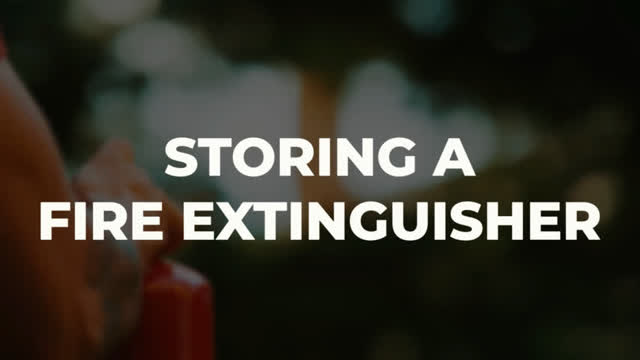
To ensure your fire extinguishers are in proper working order when you need them the most, you should briefly inspect the fire extinguisher at least once a month.
Make sure the can, hoses and nozzles aren't damaged, dented or rusted.
Check that the pressure gauge is in the green zone.
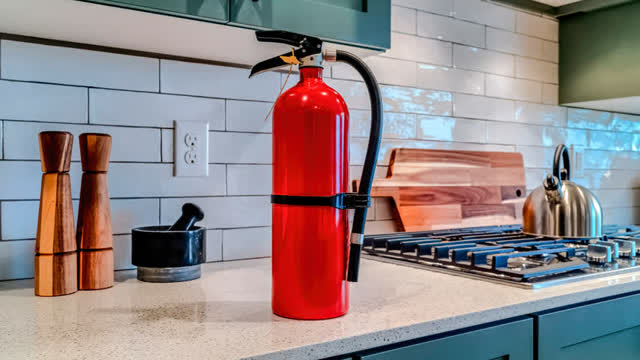
For maximum protection, it's also important to think about the number and placement of fire extinguishers in your home.
We recommend you identify the rooms in your home that have greater fire risks and place fire extinguishers in these key locations. For example, consider putting them in the kitchen, on each floor of your home, garage, laundry room and patio.
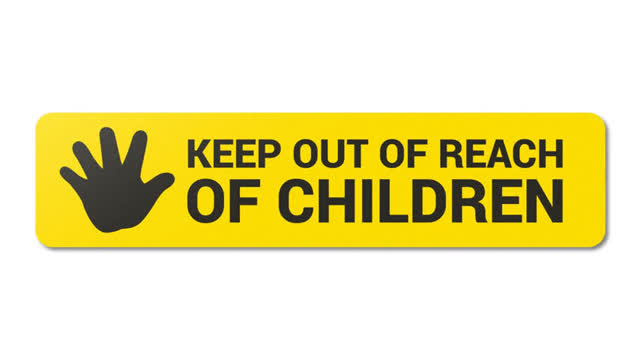
Just make sure they're easily accessible to adults who know how to operate them, but kept out of reach of children.
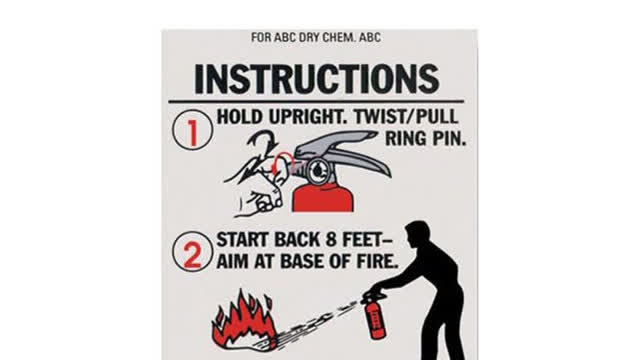
Once you've used a fire extinguisher you should either dispose it or refill it. Not all fire extinguishers are refillable, so you'll have to read the instruction manual for your particular model.
Your fire extinguishers should only be recharged by a certified fire equipment dealer or a fire protection company, otherwise you can dispose a fire extinguisher.